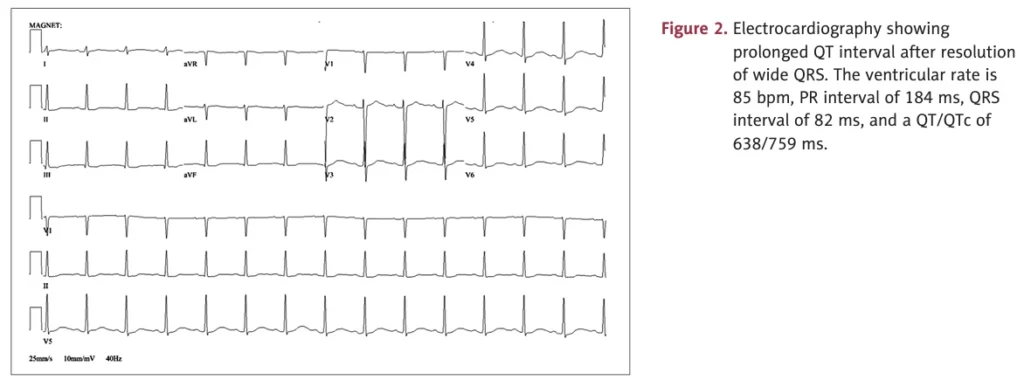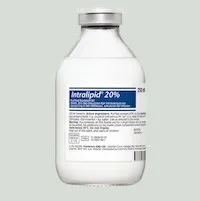Skip to content
독성학
Diphenhydramine Poisoning & Lipid Emulsion Therapy
1. Diphenhydramine Poisoning
① Diphenhydramine
- Used for nausea, vomiting, allergic rhinitis, allergy treatment, and as a sleep aid.
- A first-generation H1 antihistamine available over the counter.
② Mechanism of Action
- Competes with histamine for H1 receptor binding sites in airway, vasculature, gastrointestinal tract, and CNS.
- Occupies H1 receptors in the frontal cortex, temporal cortex, hippocampus, and pons in the CNS, leading to sedation.
- Overdose can cause severe neurological and respiratory symptoms.
- Effects on Muscarinic Receptors
- May cause anticholinergic effects such as blurred vision, dry mouth, urinary retention, erectile dysfunction, tachycardia, nausea, and constipation.
③ Toxic Effects
- Cardiovascular Effects
- ECG changes including QRS complex widening and tachycardia due to potassium channel blockade.
- Prolonged QT interval, flattened T waves, and increased risk of life-threatening arrhythmias such as Torsades de Pointes.
- Serum Peak Levels
- Reached approximately 2-3 hours after oral ingestion.
- Half-Life
- Children: ~5 hours (range: 4–7 hours).
- Adults: ~9 hours (range: 7–12 hours).
- Elderly: ~13.5 hours (range: 9–18 hours).
- Lipid Solubility
- Toxic Dose
- Dose-dependent toxicity.
- Retrospective studies indicate moderate symptoms (agitation, confusion, hallucinations, ECG abnormalities) at 0.3 g.
- Severe symptoms (delirium, seizures, coma, death) at doses exceeding 1 g.
2. Evaluation & Treatment of Diphenhydramine Poisoning
① Rapid Assessment of Toxicity & Overdose Severity
- Perform ABCDE approach (Airway, Breathing, Circulation, Disability, Exposure).
- ECG to assess for arrhythmias (e.g., Torsades de Pointes).
- If seizures occur, check serum creatinine, urine output, and creatine phosphokinase to rule out rhabdomyolysis.
② Treatment
- Activated Charcoal
- Delayed absorption due to anticholinergic effects may make activated charcoal useful.
- Avoid if airway protection is not ensured.
- No Specific Antidote
- Supportive Treatment
- Seizures: Benzodiazepines (e.g., Lorazepam).
- Ventricular Arrhythmias: Sodium bicarbonate.
- Intravenous Lipid Emulsion Therapy
③ When to Seek Emergency Care
- Children: If dose is <7.5 mg/kg, home observation is sufficient unless behavioral changes occur.
- If dose is ≥7.5 mg/kg, referral to a medical facility is required.
3. Lipid Emulsion Therapy in Diphenhydramine Poisoning
① Mechanism of Lipid Emulsion Therapy
- Acts as a “lipid sink” for lipophilic diphenhydramine molecules.
- Removes diphenhydramine from sodium channels, reversing sodium channel blockade.
② Dosing <20% intravenous lipid emulsion>
- Patients >70 kg: 100 mL IV bolus, followed by 200–250 mL over 15–20 min.
- Patients <70 kg: 1.5 mL/kg IV bolus, then 0.25 mL/kg/min IV infusion.
③ Adverse Effects
- Immediate: Allergic reactions, dyspnea, hyperlipidemia, hypercoagulability.
- Delayed: Transient liver enzyme elevation, hepatosplenomegaly, thrombocytopenia.
References: UpToDate, Rosen’s Emergency Medicine, NIH.

